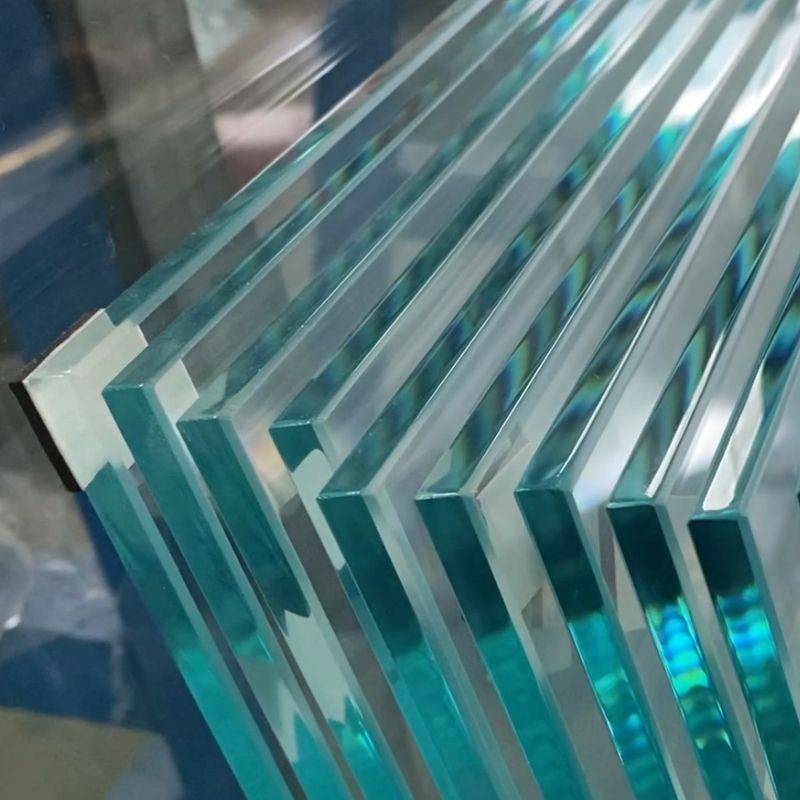

The Glass Manufacturing Industry An Overview
The glass manufacturing industry is a crucial sector that has been a significant part of human civilization for thousands of years. The journey of glass from its ancient origins to the high-tech applications we see today reflects technological progress, adaptation to changing needs, and a commitment to innovation. This article will delve into the various aspects of glass manufacturing, including types, processes, and future trends.
Types of Glass
The glass manufacturing industry produces various types of glass, each serving unique purposes. Common categories include
1. Float Glass This is the most widely produced type of glass, mainly used in windows and facades. It is made by floating molten glass on top of molten tin, resulting in a smooth, flat surface. 2. Laminated Glass This type consists of two or more layers of glass bonded together with a plastic interlayer. It enhances safety and security, as the layers maintain integrity even when shattered, making it ideal for automobile windshields and skylights.
3. Tempered Glass Created by heating glass to high temperatures and then cooling it rapidly, tempered glass is much stronger than ordinary glass. It is commonly used in shower doors, glass doors, and as architectural elements.
4. Ceramic Glass This specialized glass is made from a mixture of glass and ceramic materials, providing exceptional strength and resistance to thermal shock. It involves complex production processes and is often used in cooktops and fireplace doors.
5. Recycled Glass The industry is increasingly focusing on sustainability, and recycled glass is an important aspect. Using cullet (recycled glass) in manufacturing processes reduces energy consumption and environmental impact.
Manufacturing Processes
The glass manufacturing process involves several stages, each requiring precision and care
. The primary steps include1. Batch Mixing Raw materials such as silica sand, soda ash, and limestone are carefully measured and mixed in precise proportions to form a batch.

2. Melting The batch is then heated in a furnace at temperatures exceeding 1,700°C. This process transforms the solid ingredients into molten glass.
3. Forming The molten glass is shaped into products using various techniques, including blowing, pressing, and molding. This stage is where the creativity of glass design comes into play.
4. Annealing After forming, glass products undergo a controlled cooling process in an annealing lehr to relieve internal stresses and ensure structural integrity.
5. Finishing The final steps may involve cutting, polishing, coating, or decorating the glass to meet specific product standards.
Challenges and Trends
Despite its importance, the glass manufacturing industry faces several challenges, including high energy consumption, environmental concerns, and competition from alternative materials. However, the industry is adapting through innovation
1. Sustainability Initiatives Manufacturers are increasingly adopting eco-friendly practices, such as using renewable energy sources and enhancing recycling methods to reduce waste.
2. Smart Glass Technology The development of smart glass, which can change its properties (such as opacity or thermal insulation) in response to environmental conditions, is gaining traction. This technology has applications in architecture, automotive, and electronics.
3. Automated Production Advancements in automation and robotics are streamlining production processes, improving efficiency, and reducing labor costs.
Conclusion
The glass manufacturing industry is a dynamic and evolving field that plays a vital role in modern society. As manufacturers embrace sustainability and technological advancements, the future of glass appears bright. From simple containers to complex architectural marvels, the versatility of glass continues to inspire innovation and creativity, ensuring its place in our lives for years to come.